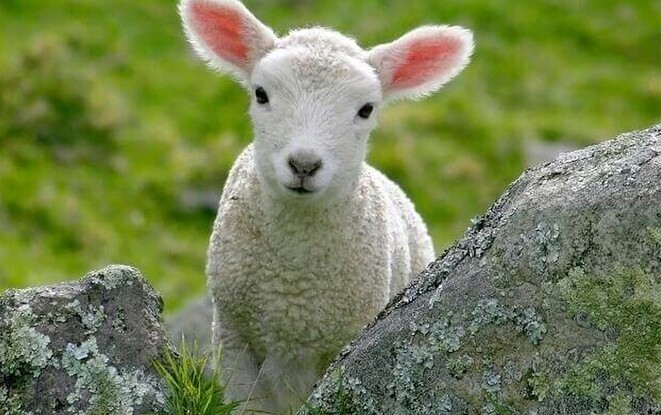What's cuter than lambs playing in grassy paddocks and their little tails (or lack of) wiggling when they have a drink from mum? It's a great sight, but what about when mum can’t do a good job? How do we take over?
What facilities do I need?
Wherever you choose to raise your lambs, make sure the area is:
- Warm
- Clean
- Dry
- Draught free
- Has good ventilation and drainage.
Hay sheds or covered yards are best. Avoid using the wool shed as this can be full of diseases that can make your lambs sick.
Floors should be lined with wood chips or shavings, and pen divisions should be solid to decrease draughts and contact between pens. Each year bedding should be removed and the shed sprayed with a disinfectant.
Day 1
As soon as you pick up a lamb, spray their navel with iodine, and check their eyes and joints. Every lamb should be weighed and tagged. Any sick or comatose lambs should be given a dextrose injection prior to warming. Give us a call at the clinic and we can talk you through this or see our Lambing Kit: The Essential Checklist article, where we have a step by step guide.
Colostrum is the first milk the ewe produces. This is high in immunoglobulins which becomes the lamb's immune system for the first few months of life. Lambs need ewe’s colostrum (or a commercial colostrum product) as soon as possible. Absorption of these immunoglobulins drop to almost nothing 12 hours after birth. Lambs need to drink 15% of their body weight over 3-5 feeds, so a 5kg lamb will need 125-250mL per feed.
Vaccinations
Even if you have given the lambs adequate colostrum in their first 12 hours of life, assume they have no protection against clostridial diseases. Ultravac 5in1, a vaccine that covers for clostridial diseases, should be given on day 1, and then repeated twice more. In addition, if you vaccinate for scabby mouth, every lamb should be vaccinated for this when they enter the shed.
Transitioning onto milk, meal and grass
From day one, lambs should have ad-lib access to straw/hay and meal, as well as warmed colostrum feeds. From two days old, warm whey-based milk replacers can be fed, and at five days old, lambs can be gradually transitioned onto cold feeds and a yoghurt mixture if required.
Once each lamb is eating 100g of meal per day, grass can be added into their diet. Weaning should not occur until they are consuming 200g of meal per day; they are often 4-5 weeks old at this stage. Lambs should be offered 400-700g of meal a day until 10 weeks old.
Tips:
- Have a maximum of 10-12 lambs per pen.
- Watch for slow and fast drinkers and regroup as necessary.
- Avoid feeding cow's milk as it's low in fat and has excess lactose.
- At least 30cm per lamb is required for the meal troughs.
- Meal should always contain a coccidiostat.
- Don’t warm frozen colostrum in the microwave - put it in a warm water bath.
- Regularly weigh lambs to ensure they are growing well.
- Be clean!
- Talk to your KeyVet about diseases you are likely to face in your lamb sheds and how to prevent them.
- Emily Chisholm

